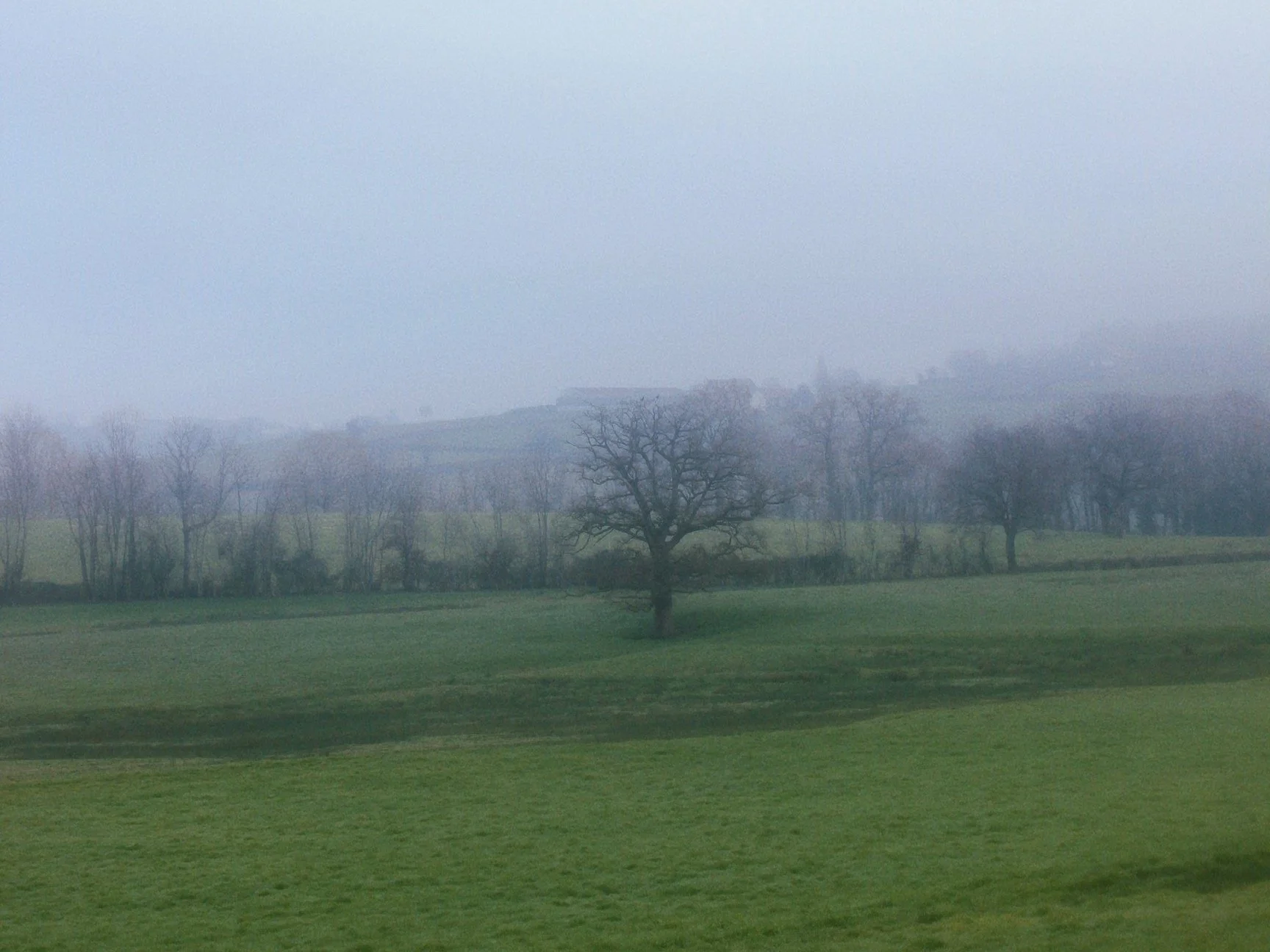Research lab
I move through the world led by questions and curiosity. Not necessarily for answers, but for the wondrous threads they reveal.
One of the main inquiries I’m holding is around the ecology of endings:
What do we lose when we pathologize crisis, grief, and death, rather than seeing them as initiatory phases? How can we reclaim these thresholds. Not just as personal breakdowns, but as communal cornerstones? What can we offer to modern life that helps us stay with the dark long enough to access the liminal terrains that hold their own intelligence?
My work explores grief and discomfort as a mode of perception. A sacred sensitivity that attunes us to the soul of the world.
I’m interested in how art, ritual, and communal witnessing can hold what we alone cannot.
In this I am drawn to the practice of keening, not only as a way our bones give voice to mourning, but for its catalyzing quality. In keening, voice, vibration, and noise become bridges, living entities that move, and move us. I believe external catalysts, human or more-than-human, are essential for initiation. The beauty and vitality stored within pain often remain hidden, not because they are unreachable, but because we are not met there. Neglect, rupture, and disconnection keep us from that threshold, and thus from initiation. We need others / or otherness / not only as companions, but as bridges and witnesses. This is why I see keening and lamenting not only as release, but as relational invocation. Which connects to another strand of my inquiry: word, story, and sound—not as messages, but as portals. I am less interested in communicating a point than in creating a field; through rhythm, vibration, silence, and intention, and through the subtle architectures that hold these acts: This is the unseen grammar of presence, and it is at the center of everything I do: to make the invisible feel safe enough to join the interaction.
This, how to make the invisible feel safe enough to partake in the interaction, is at the center of everything I do.
I want to create immersive spaces—whether physical or imaginal—where people feel carried into the raw and the real.
To sit beside what has been exiled.
To hold the orphaned parts of themselves.
To re-inhabit the places they forgot were holy.
Another thread I continue to follow is the terrain of landscape psychology, a listening to the way outer geographies mirror inner climates. How mood and weather, land and memory, dream and decay fold into one another. Landscape not only as setting, but as psyche; alive, reflective, and responsive. Sometimes, the land is the first witness to what the body cannot hold. Sometimes, it is the only one. And often, it is the strongest container we’ve ever felt.
Landscape Psychology is a project from my collective, IJLLAND together with Patricia Vanneste, and with this we are exploring different terrains:
Can we recognize ourselves and learn more about who we are through the places we are drawn to or resist? And; Could it be that each of us carries inner terrains with the qualities of all sort of landscapes and that by immersing in or lacking the encounter with those places in the physical world, we remember something about the deep time or deep losses of our own being?
We’ve been exploring what we might call landscape archetypes—the resonance between personality types and ecosystems, as if landscape itself could form a psychological model. Not in a prescriptive way, but as a poetic tool for reflection. A rewilding of the psyche. A return to the animated world as an intelligence. This approach doesn’t treat land as resource. It begins with humility and respect for the more-than- human world as having agency, voice, and will. We listen for how certain places seem to carry teachings about thresholds, endings, or renewal, and how our bodies and consciousness respond to those teachings. I’m curious about the places we seek out, as well as those we resist. I want to deepen my observation of how, within the places where we feel most estranged, parts of ourselves remain waiting to be reclaimed— and to explore what it means to engage in that reclamation as a co-creative, reciprocal process of learning and becoming that emerges through that encounter.
I don’t separate my work as a death doula from my artistic practice. Both are ways of tending to thresholds—acts of spaceholding, deep listening, and standing beside what is passing through.
Art, like midwifery, is a form of care —
— care as creative witnessing of what the world becomes in its moments of unraveling: in grief, death, decay, and the invisible currents that move between the human and more-than-human. From this place, I want to further explore these intersections in the TEMENOS laboratory // an ongoing shared field unfolding, where these threads co-shape one another, holding space for the other fellows to listen deeply, bear witness, dissolve and emerge, and be eroded in return.
Sometimes, the land is the first witness to what the body cannot hold. Sometimes, it is the only one. And often, it is the strongest container we’ve ever felt.
